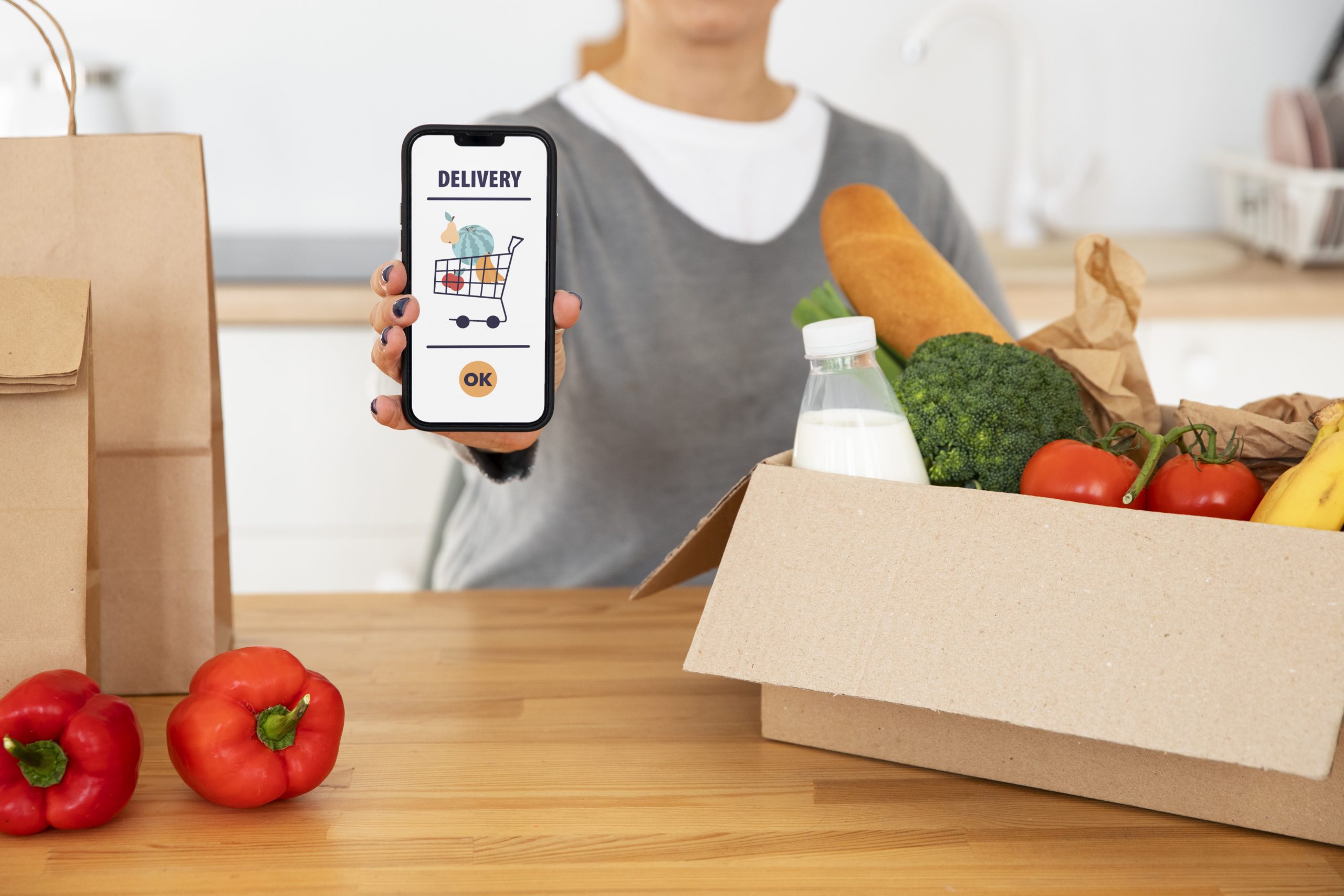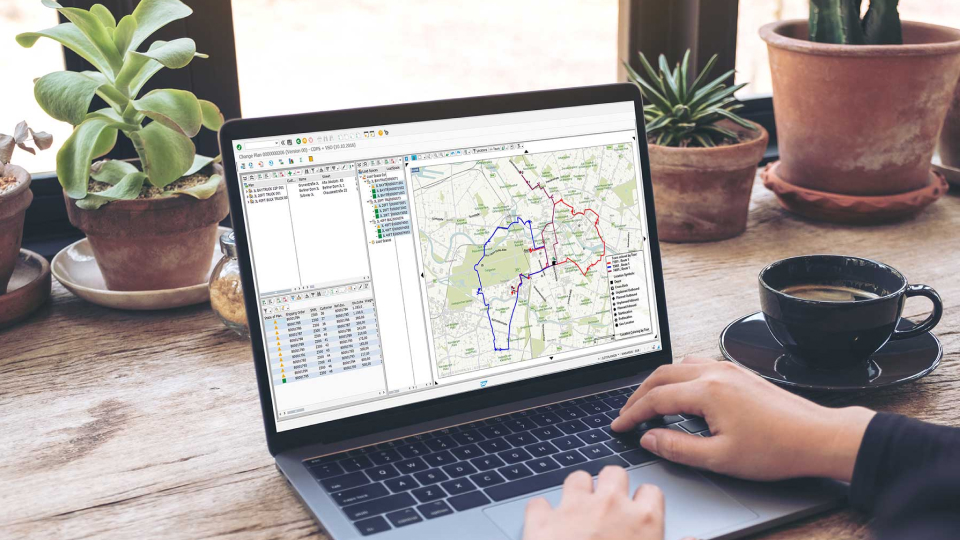
How Delivery Scheduling Software Reduces Missed Deliveries
Missed deliveries aren’t just a logistical headache—they’re a fast track to lost revenue and unhappy customers. In today’s on-demand economy, where consumers expect speed, accuracy, and transparency, a failed delivery can damage your brand’s reputation more than ever before. According to Statista, businesses lose an average of $17 per failed delivery, not to mention the added cost of rescheduling, re-routing, and handling customer complaints. Whether you’re in eCommerce, food delivery, courier services, or field logistics, ensuring timely and successful deliveries is now a competitive necessity. And that’s where delivery scheduling software steps in.

This blog explores how such tools go beyond basic calendar planning—they optimize your entire delivery workflow. From real-time updates and automated driver assignments to smart route planning and customer notifications, modern delivery scheduling software can significantly cut down the chances of missed deliveries.
Let’s break down exactly how it works—and why it’s becoming a must-have in any delivery-driven business.
The Real Cost of Missed Deliveries
Missed deliveries might seem like a minor operational glitch, but the impact runs deeper. Financially, every failed delivery means wasted fuel, driver time, and handling costs—often requiring rescheduling, which doubles the effort and expense. For businesses doing hundreds of deliveries daily, these losses compound quickly.
But the bigger cost is customer dissatisfaction. One missed delivery can turn a loyal customer into a vocal critic, especially in the age of instant reviews and social media. For subscription-based or repeat-purchase models, even a small dip in reliability can affect customer retention and lifetime value.

Operationally, it creates backlogs, stress on support teams, and last-minute firefighting that affects overall efficiency. Drivers are left with incomplete routes, dispatchers scramble to adjust, and the entire team feels the pressure.
In short, missed deliveries don’t just hurt your bottom line—they disrupt your operations, damage your brand, and shrink your customer base.
Common Causes of Missed Deliveries
Most missed deliveries trace back to a few key issues. Let’s take a look at these key issues.

Poor Route Planning
It is a major culprit—inefficient routing can lead to delays, especially during peak hours or in unfamiliar areas. Without proper optimization, drivers might miss time windows or run out of time to complete all stops.
Lack of Real-time Tracking
Another common issue is lack of real-time tracking and communication. If customers don’t receive timely updates or ETAs, they may not be available when the driver arrives. On the business side, teams are left in the dark without visibility into delivery statuses.
Manual Scheduling Errors
Double-booking, overlapping routes, or incorrect addresses— contribute heavily to missed delivery. Especially in businesses managing multiple drivers or same-day deliveries, these mistakes are almost inevitable without automation.
Lastly, many businesses still rely on static spreadsheets or outdated tools that can’t adapt to real-world delays, like traffic or customer unavailability. All these factors combined create a perfect storm for missed deliveries.
What is Delivery Schedule Software?
An AI-powered delivery scheduling software is designed to organize, manage, and track deliveries by automating tasks, including route planning, facilitating communication, and reducing operational costs. These tools use smart algorithms to suggest efficient routes, often incorporating features like real-time traffic, delivery drivers’ current status, and delivery windows. Moreover, delivery schedule software improves communication between drivers, customers, and dispatchers.

How Scheduling Software Helps Reduce Missed Deliveries?
Delivery scheduling software tackles the root causes of missed deliveries by turning disorganized, manual processes into intelligent, automated workflows.
Automated Route Optimization
The software calculates the most efficient paths based on real-time traffic, distance, and time windows. This ensures drivers are on the best possible route and significantly reduces delays.

Real-time Tracking and Notifications
The best delivery route planning software keeps both the business and customers in the loop. Customers receive timely updates, ETAs, and alerts if there’s a delay, increasing the chance they’ll be available at the time of delivery. Meanwhile, dispatchers can monitor every delivery from a central dashboard and quickly act if issues arise.
Driver Scheduling & Load Balancing
The delivery software also enables smart driver scheduling and load balancing, making sure that workloads are evenly distributed and no driver is overbooked. In addition, integrated communication tools let businesses automatically confirm addresses or delivery times with customers—preventing errors before they happen.
By combining automation, visibility, and proactive communication, delivery scheduling software doesn’t just reduce missed deliveries—it builds a more reliable, customer-friendly delivery system.
Geofencing & Time Window Settings
With geofencing and time window features, deliveries can be aligned with customer availability, reducing failed attempts.
Integrated Customer Communication
By combining automation, visibility, and proactive communication, delivery scheduling software doesn’t just reduce missed deliveries—it builds a more reliable, customer-friendly delivery system.

Case Study
Let’s take a real-world example to understand the impact of delivery scheduling software. A mid-sized local courier company—delivering packages across multiple zip codes daily—was struggling with a high rate of missed deliveries. About 1 in every 6 deliveries either failed or had to be rescheduled, leading to increased fuel costs, driver frustration, and a growing number of customer complaints.
After implementing a delivery scheduling software solution with route optimization, real-time tracking, and automated customer notifications, the transformation was immediate.
Within just 60 days:
A. Missed deliveries dropped by 40%
B. Customer satisfaction scores improved by 25%
C. Driver idle time was reduced by 30%
D. Dispatching time shrank from 3 hours a day to just 30 minutes
The team now had full visibility into delivery operations. Customers received automated alerts and could even reschedule on the fly. Drivers followed optimized routes and avoided redundant trips. The result? Fewer errors, happier customers, and a more efficient team.

This case highlights that it’s not about working harder—but smarter. And delivery scheduling software gives businesses the tools to do just that.
Choosing the Right Scheduling Software for Delivery
Not all delivery scheduling tools are built the same—and choosing the wrong one can leave you with more complexity than clarity. Choosing the right delivery scheduling software for small business can be a little tricky. It should fit your business size, delivery volume, and unique workflow, while being flexible enough to grow with you.
Here’s what to look for :
Route Optimization Engine
This is non-negotiable. Look for software that automatically calculates the fastest, most efficient routes based on live traffic, distance, and delivery time windows.
Real-Time Tracking & Notifications
Both your team and your customers should know exactly where a delivery stands. Live GPS tracking with automated alerts minimizes failed deliveries due to unavailability.
Driver & Delivery Management Dashboard
A centralized panel to assign tasks, balance workloads, and manage daily operations is essential—especially if you manage a large fleet.

Customer Communication Tools
Built-in SMS/email notifications, rescheduling options, and digital proof of delivery help reduce friction and increase customer satisfaction.
Integrations
Whether it’s your CRM, inventory system, or eCommerce store, your delivery scheduling software should easily connect with tools you already use.
Scalability
Start small, but make sure the tool can support higher order volumes and advanced features as your business grows.
Choosing the right platform is about simplifying operations, not adding another layer of complexity—so look for something intuitive, customizable, and insight-driven.
Ready to Stop Missing Deliveries? Here’s Your Next Step
Missed deliveries don’t just cost money—they cost trust. And in today’s competitive landscape, reliability is everything. Whether you’re running a local delivery service, an eCommerce brand, or a large-scale logistics operation, implementing a robust delivery scheduling software could be the upgrade your business needs.
From automated route planning and driver scheduling to real-time customer communication and delivery tracking, these tools are designed to solve the very problems that slow your business down.
If your team is still juggling spreadsheets, making manual calls, or dealing with frustrated customers because of failed deliveries—it’s time for a smarter solution.

At AllRide, we help businesses like yours build or integrate AI-powered delivery scheduling software that scales with your needs.



